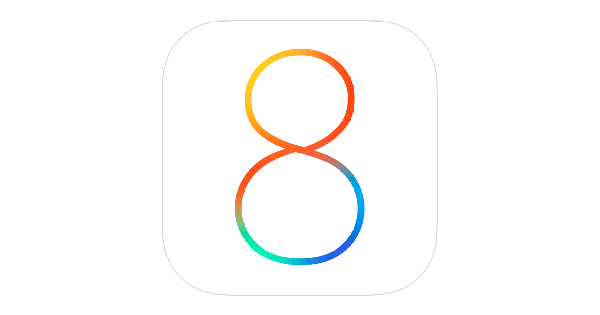
When Apple introduced the iPhone in 2007, the virtual keyboard was one of its revolutionary features. However, other than split keyboard feature for the iPad in iOS 5, Apple had completely neglected it.
The iOS keyboard finally got some much needed attention in iOS 8. Apple has not only integrated a predictive typing system called QuickType in the native keyboard to make it smarter, but has also allow users to replace the built-in keyboard with third-party keyboards. The latter has long been one of Android’s most enviable features.
Apple has this to say about the keyboard changes coming in iOS 8:
iOS 8 brings the biggest changes to the keyboard since the very first iPhone. Now you can tap to choose the perfect suggestion for your next word. And for the first time, third-party keyboards will be available. Typing as you know it might soon be a thing of the past.
Here’s a look at what has changed in iOS 8:
QuickType
- iOS 8 includes a new predictive typing system called QuickType. As soon as you start typing on the iOS Keyboard, it offers three recommended words or phrases you’d probably type next. It’s quite similar to SwiftKey’s three-word predictive interface.
- Apple says that the suggestions will be made based on your past conversations and writing style. It will learn the way you communicate, get to know your favorite phrases and suggest
- It also takes into account the casual style you might use while sending text messages and the more formal language that you tend to use while sending an email.

- Since the predictive keyboard won’t be of much use while typing URLs, emails, phone numbers etc, it won’t be available everywhere.
- If you find the predictive words distracting then you can hide the row of predictive words or phrases by tapping on holding on the row and sliding it down.
- The predictive text engine will also be optimized for a number of languages at the time of the launch. They include English optimized for the U.S., UK, Canada and Australia; French; German; Italian; Portuguese optimized for Brazil; Spanish; and Thai. Simplified Chinese, Traditional Chinese and Japanese Kanji input will continue to feature predictive input.
The only complaint we’ve heard so far is that the additional row tends to obstruct the view of inputs fields while filling forms. Apple should probably auto hide it while filling forms to address the issue. Overall, the predictive system works quite well based on feedback we’ve received. It may take sometime getting used to QuickType, but will make typing a lot easier and faster once you get comfortable.
The video below gives a good idea of how the QuickType feature works:
In addition to the QuickType feature, Apple also surprised us by announcing support for third-party developers.
Third-party Keyboards:
One of iOS 8′s major highlight was Extensibility, a feature that in Apple’s own words “lets developers extend select areas of the system by supplying an app extension.” One of the major extensibility feature of iOS 8 is the ability to install systemwide third-party keyboards. Developers of some of the popular Android keyboards such as Swype, SwiftKey have already confirmed plans to launch their keyboard apps in the App Store.
The third party keyboards will run in the most restricted sandbox with no network access to protect user’s privacy. However, you will get an option to grant network access, which would be required for most of the third-party keyboards offer QuickType like predictive keyboard. You will get a prompt to give network when you install the third-party keyboard app, and you should be able to change in via the Settings.

The main concern of third-party keyboards will be security as they would see everything you type, in every app you use, which would include sensitive information such as your credit card number, street address etc. It is also not clear how the user interface will work to install the third-party keyboards as everything you download from the App Store can be accessed via an icon on the Home screen.
Developers such as Fleksy and TouchPal have already given us a glimpse of their iOS 8 keyboards.

Support for third-party keyboard is one of the most exciting features of iOS 8. It has long been one of Android’s most enviable features so it is great to see Apple finally add support for them in iOS 8.
Some of the other minor changes that has been noticed in iOS 8 are as follows:
- You have a new Settings panel to manage shortcuts (Settings > General > Keyboards > Keyboard) with search capabilities to make them more manageable.
- If you have selected the Emoji keyboard then it will show a smiley face rather than the regular Globe icon so you know that the secondary keyboard is the Emoji keyboard.
These keyboard related changes will be available when Apple launches iOS 8 later this fall. Let us know what you think about these keyboard enhancements in iOS 8. Don’t forget to check out our iOS 8 category page for the latest coverage.